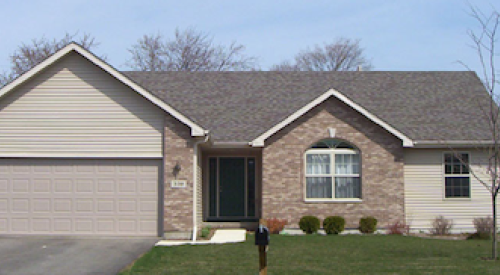Americans used to be the most likely to move for economic opportunity, but this migratory pattern has now reversed, according to director of the Southern Methodist University Economics Research Center Cullum Clark.
Clark reports that the share of Americans moving across state lines for economic pursuits has been cut in half since the 1980s, and that nearly all of the metros with the highest income have had net domestic population outflows. Compounding this matter is the reversal of household wealth flow, where now the richest areas get richer and have more economic opportunities than do poorer communities, which continue to become more impoverished, Clark writes for New Geography. Analyzing the four resulting trends from these conditions, Clark identifies policy changes necessary for housing to keep up with economic growth.
Last year the New York Times ran a story on Ms. Sheila James, a 62-year-old woman who commutes two hours and 50 minutes each way between her home in Stockton, California, and her $81,000-a-year government job in San Francisco. The number of Americans like Ms. James with extreme commutes is growing, but their stories represent unusual exceptions that illustrate a larger pattern. More and more Americans are moving to less expensive regions of the country, or, more commonly, settling for the limited opportunities available in struggling communities like Stockton. These changes in the economic geography of American cities have far-reaching implications for upward mobility and economic growth.












